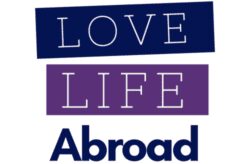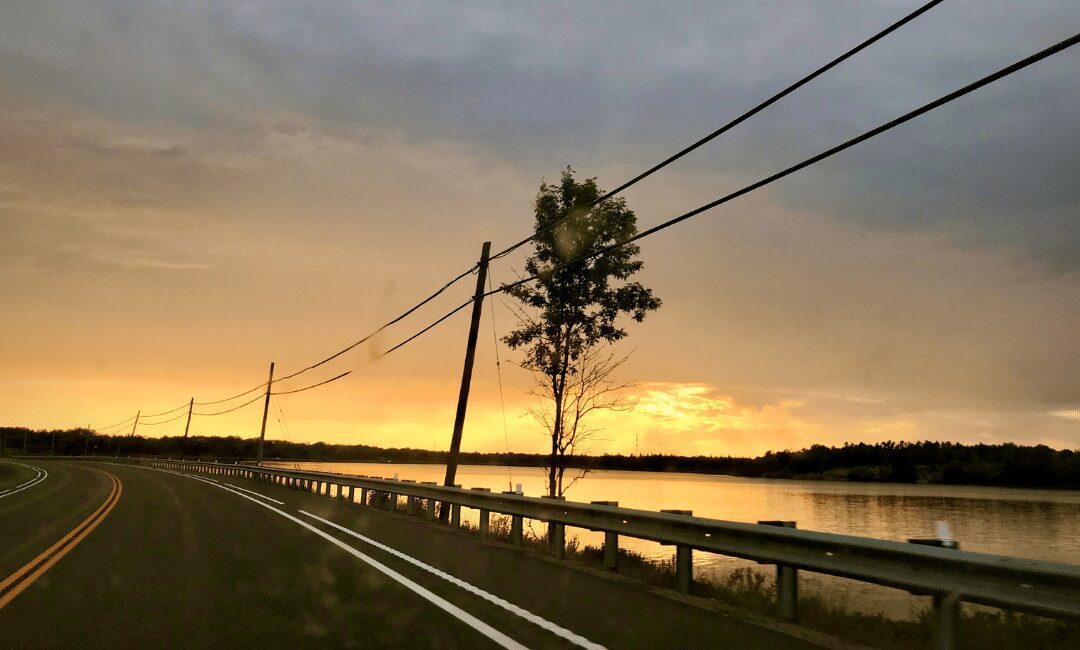Are you considering driving across Canada with your family but not sure it’s a good idea? You’re probably wondering how long it takes to drive across Canada.
We get it. Driving 5,000+ kilometers with yelling kids in the back seats might not seem like the best vacation idea. But with the right itinerary and expectations, you’ll be all set.
I drove across Canada twice with my kids, once with the kids and my husband, and once solo with the kids. I know, right…. That’s crazy. But honestly, I would do it again.
In this article, I’m going to tell you:
- How long does it take to drive across Canada?
- How many days should you plan to drive across Canada?
- A few tips to make the trip more fun
But before we share with you our driving across Canada tips…
Why consider driving across Canada?

Need help planning your road trip?
Let me help you plan your custom itinerary.
Why would any family want to drive 5,000 km all across Canada each way? With two toddlers, doesn’t it sound like a little lot insane???
But we did it, from Quebec City to Vancouver Island (coast to coast) and many other travelling families have done it too! Plus, we all (mostly) loved it. Road-tripping with kids brings so much flexibility and it’s a great way to explore a beautiful and vast country and to travel coast to coast across Canada.
💡 No time to read the entire article? Here is a quick recap of a road trip across Canada:
- How long to drive across Canada?
It’s about 5,000 km to drive from Montreal to Vancouver without many detours. It takes a minimum of 7 to 10 days to drive across Canada (without seeing much along the way). If you start in the Maritimes, it would be a 7,000+ km road trip.
- What is the cheapest way to travel across country with family?
The cheapest way to drive across Canada would be camping.
- How long to drive across Ontario?
Driving across Ontario is about 2,000 km and will take you at least 3 days.
- What is the best time of year to drive across Canada?
You can drive across Canada all year round, but from May to October is the ideal time. You’ll get better weather and driving condition.
How long does it take to drive across Canada?
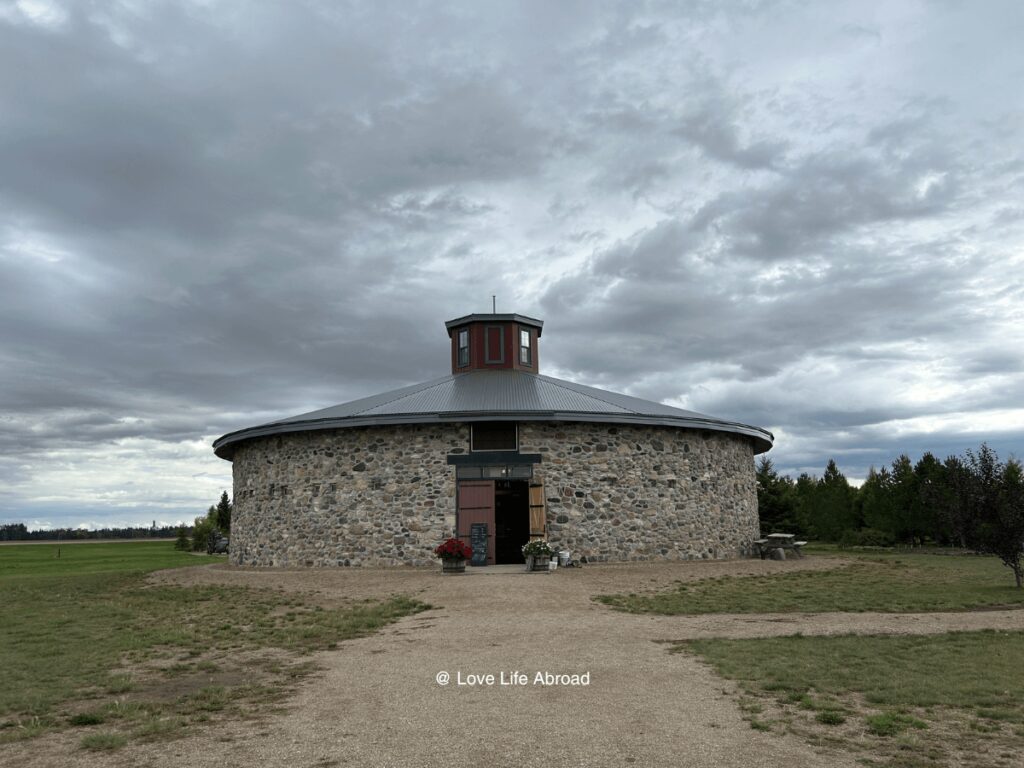
The Trans-Canada Highway is the world’s longest national highway, with a total length of 7,821 km. It goes from Victoria, BC to St.John’s, NF.
In this guide, we’ll concentrate our examples and tips from Quebec to British Columbia, which is about 5,00 km+ of the 7,821 km of the Trans-Canada Highway.
You might enjoy those itineraries:
How many days to drive across Canada?
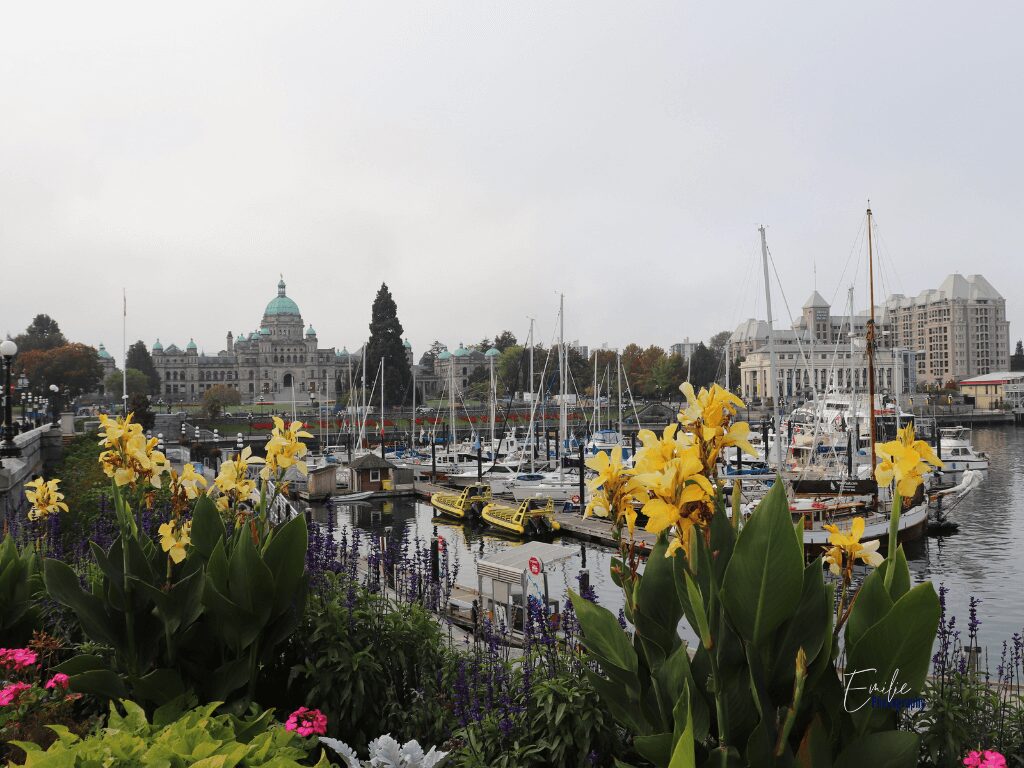
People have done it. They drove an average of 800-1000 km daily and crossed Canada in less than 5-7 days. But I’ll be honest here, if the goal is only to get to the Rockies and Western Canada as soon as possible, you might want to reconsider driving across Canada.
It may be a better idea to fly to Calgary or Vancouver and rent a car or rent an RV to make a short road trip.
💡 Thinking of visiting the Canadian Rockies? Read our guide to plan your trip to Banff and the Rockies.
Now, how many days to drive across Canada will depend on a few factors, mostly:
- The time you have to do the trip
- The amount of kilometers you’re willing to travel per day
- Who you’re traveling with
Also, when planning to travel across Canada with kids, remember that even if the name of the main road is trans-Canadian highway, it doesn’t mean the speed limit is always 100 km/h and a 4-lane highway.
For example, in Northern Ontario, you’ll often drive on windy 1-lane roads with a speed limit of 80 km/h and limited visibility, so it can be hard to pass slow trucks. It’s not uncommon to drive at 50 km/h for more than one hour if you’re caught behind a commercial truck.
It’s the same on Vancouver Island. It’s a single lane in each direction, and it gets crowded. That means even 50 km may take a while to drive.
Honestly, there’s no right or wrong way to do this. You need to know what kind of traveling family you are so you can determine how long you’ll make it between each stretch.
The shortest time to drive across the country, from Montreal to Western Canada:
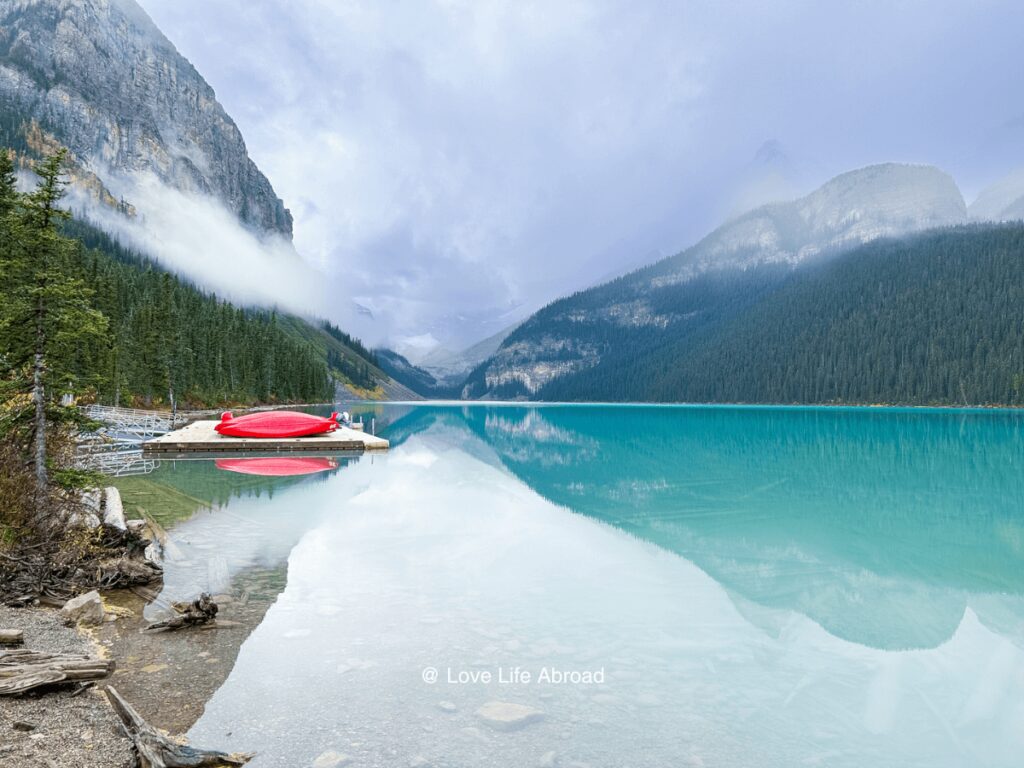
- Montreal – Sault Ste Marie: 991 km
- Sault Ste Marie – Thunder Bay: 700 km
- Thunder Bay – Winnipeg: 705 km
- Winnipeg – Swift Current: 818 km
- Swift Current – Banff: 638 km
And there you are, in the Canadian Rockies after 5 long days of driving.
💡 Alternative route: Montreal – Cochrane – Thunder Bay
The drive from Montreal to Thunder Bay via Timmins and Cochrane is a but shorter, but I still recommend driving along the Great Lakes. It’s a beautiful drive, with many things to see along the way
💡PRO-TIP: If you want to make the drive even quicker, you could skip Northern Ontario and drive through the North of the USA along the Great Lakes
Alternative route: Montreal – Sault Ste-Marie (cross the Canada-USA border) – Duluth (MN) – Minot (ND) (cross the USA-Canada border) – Calgary.
The quickest way – while still enjoying the drive:
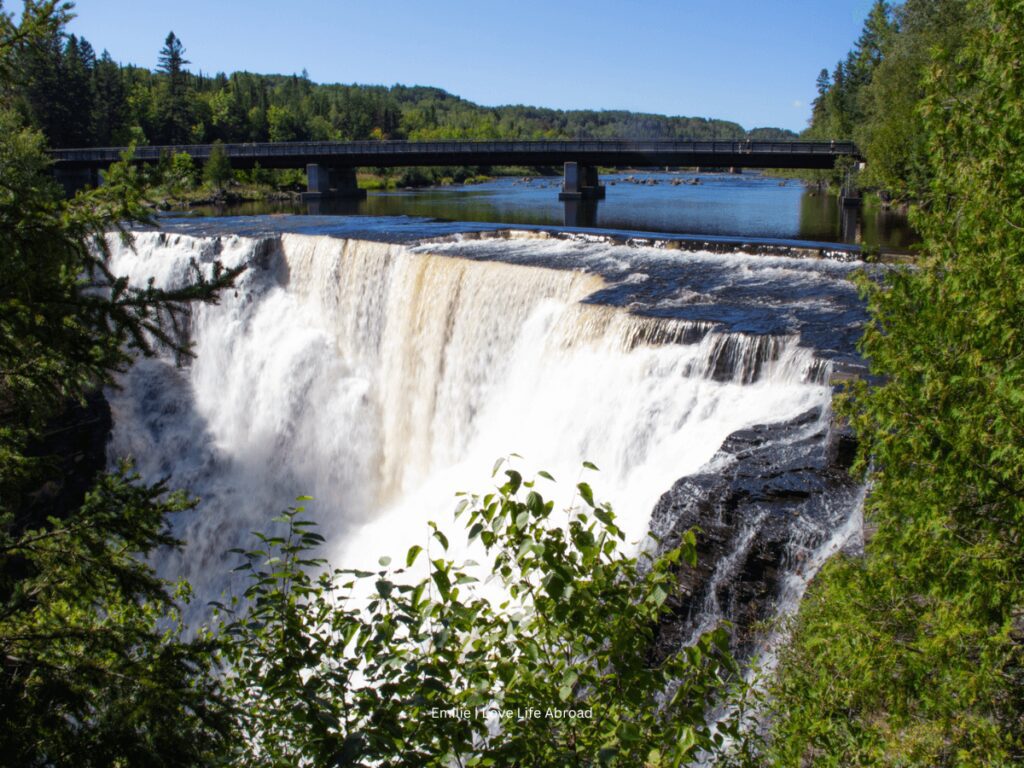
So, while the first itinerary quickly arrives in Western Canada, you won’t have time to enjoy anything since you’ll drive between 700 to 1000 km daily. So here is an alternative route that is a bit longer but allows you to enjoy the little more the drive:
- Montreal to North Bay: 557 km
- North Bay to Sault Ste Marie: 435 km
- Sault Ste Marie – Thunder Bay: 700 km
- Thunder Bay to Kenora: 492 km
- Kenora to Brandon: 432 km
- Brandon to Moose Jaw: 437 km
- Moose Jaw to Medicine Hat: 395 km
- Medicine Hat to Banff: 416 km
With the itinerary, it takes you 8 days to drive from Montreal to Banff, but you have a bit more time to explore
The perfect time to drive across the country with kids:

Now, if you’re traveling with kids, the second itinerary might still be a bit too much driving for the kids. Plus, you’ll be skipping places the kids will love. So here is an alternative itinerary. It’s longer but includes a lot of fun stops:
- Montreal to North Bay: 557 km
- North Bay to Sault Ste Marie: 435 km
- Sault Ste Marie to Maraton: 410 km
- Marathon to Thunder Bay: 300 km
- Thunder Bay to Kenora: 492 km
- Kenora to Winnipeg: 209 km
- Winnipeg to Indian Head: 503 km
- Indian Head to Swift Current: 319 km
- Swift Current to Brooks (or Dinosaur Provincial Park): 329 km
- Brooks to Banff: 312 km
With the itinerary, it would take you 10 days to get to Banff National Park with a lot of fun stops along the way.
💡 PRO-TIP Best Way to Road Trip with Kids?
Typically with kids, it’s good to stop every now and let them play. A stop every 2 hours to do an activity, either a short hike, a playground or any site along the way, is a good rule.
Some of our favorite things to see on a road trip across Canada
A Canadian road trip will show you how huge the country is and how diverse is the landscape. There are many stops to do along the way, and the Prairies are surprisingly not as boring to drive through as you may have heard about. Here are our top 10 favourite things to see while driving across Canada:
- Go on a trail ride to the Algoma Canyon near Sault Ste Marie.
- Follow a French “voyageur” through time at Fort William Historical Park, in Thunder Bay, Ontario
- Grab lunch at The Forks in Winnipeg, Manitoba
- Take a day trip to Riding Mountain National Park in Brandon, Manitoba
- Enjoy a sandy beach in the Qu’Appelle Valley in Broadview, Saskatchewan
- Meet Scotty the T-Rex at the Royal Saskatchewan Museum in Regina, Saskatchewan
- Discover the badlands at Dinosaur Provincial Park in Brooks, Alberta
- Discover How the West Was Once at Heritage Park Historical Village in Calgary, Alberta
- Get transported in a fairytale at the Enchanted Forest in Revelstoke, British Columbia
- Eat some Fish & Chips at Fisherman’s Wharf in Victoria, British Columbia
Tips to help you make the most of your road trip across Canada
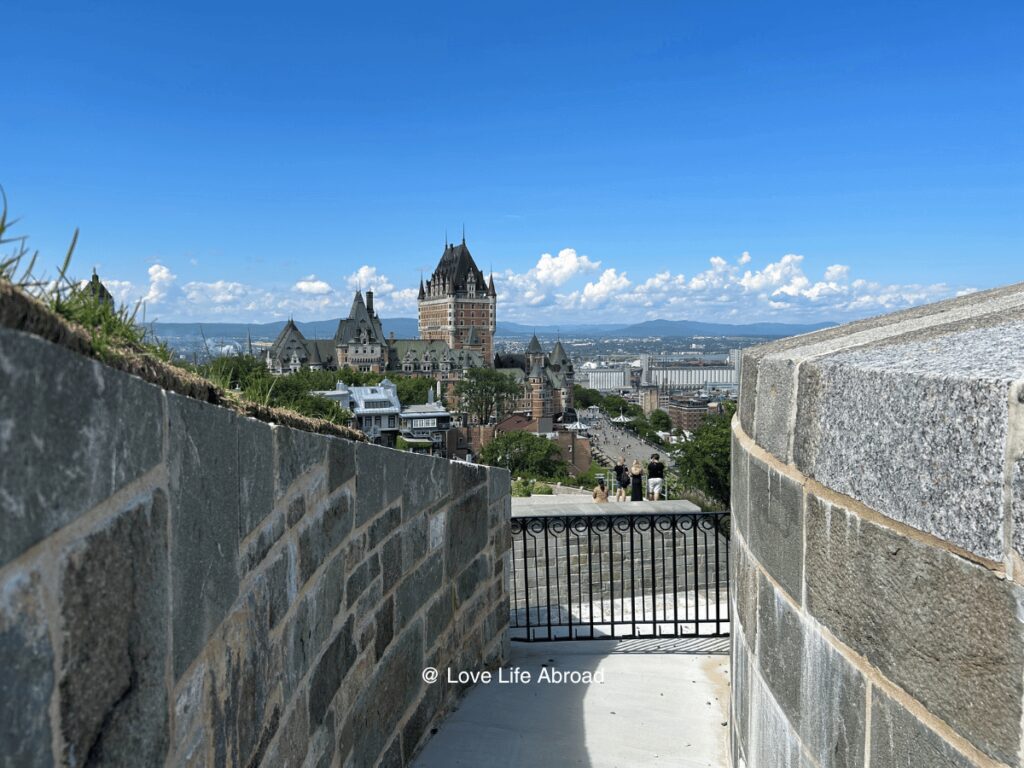
1. Decide how to drive across Canada
There are many ways to drive across Canada. It’s important to decide early on how to drive across Canada:
Are you thinking of using an RV/campervan or a regular car?
Using an RV or a campervan is a wonderful way to explore the wilderness of Canada (make sure the windows are clean so you get a good view). It can also be easier on the kids for the routine as you’ll always be sleeping in the same bed. Plus, in Northern Ontario, for example, there aren’t many hotels along the Great Lakes sections, but tones of campgrounds.
BUT if you are traveling in the high season, national parks and provincial parks campgrounds get booked early in the year (as soon as January), so you’ll need to plan your itinerary early on.
When driving across Canada with a regular car and sleeping in hotels, it’s easier to be more flexible with your itinerary. There are usually always vacancies in hotels.
💡 Did you know you could do an RV road trip in the Canadian winter? Make sure to read this story.
2. Get a road assistance membership
Whether it’s a CAA membership, a AAA membership or any other road assistance membership you may have, it can come up in handy.
You’ll be driving a lot, probably around 10,000 kilometres round-trip. It sadly increased a lot the chance of a car breakdown.
Spoiler Alert: It happens to us in the Canadian Prairies. Our car just stopped while I was driving. I was happy we got the CAA membership before hitting the road.
Plus, CAA and AAA offer great discounts for its members on different activities, restaurants and hotels all across Canada.
3. Download the GoWhee App (if you’re traveling with kids
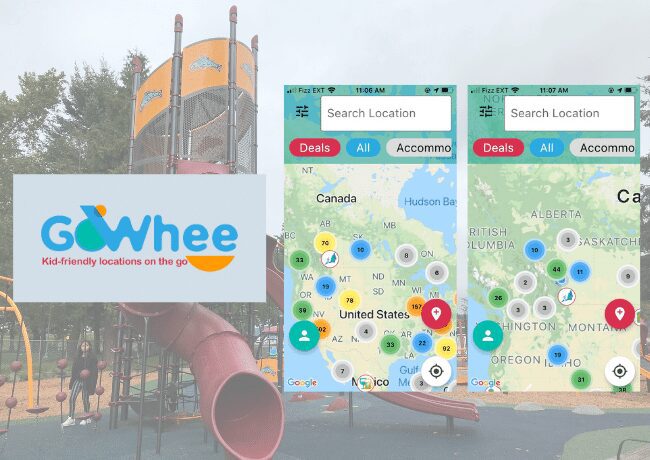
The GoWhee app is like what AllTrails is for all kids-friendly locations. On the app, you’ll find playgrounds, family hiking trails, restaurants with special kids’ features, hotels that were great with kids, activities, …
It’s a great app to help plan your family road trip across Canada, but it’s best used when searching for kid-friendly activities nearby you when the kids are starting a meltdown in the car.
4. Remember the Time Zones Change
This is a bit of an obvious one, but felt a little harder to track when we were driving. My husband was working from the road and had to take lots of meetings (usually earlier in the morning). Normally when we travel, this really isn’t a problem: you fly from Point A to Point B and you change time-zones over the course of a few hours.
But driving was different.
That’s because we had loads of things to plan, the car to pack/unpack, and an endless supply of energy from our two kids. It got a little difficult to keep track of time zone changes if it wasn’t at the top of our minds.
So if one of you is working, make sure to schedule yourself a notification or Google event for when you cross (Google usually asks you to update this information automatically, but schedule mix-ups still happen making Nathan miss a meeting or two (oops… 🤷♀️ )
5. Get a Family Discovery Pass for all Parks Canada National Parks
All national parks in Canada are maintained by Parks Canada and a permit is required to enter the parks. During your road trip, you’ll probably want to visit a few national parks, but probably also a few national historic sites. It may be a good investment to purchase the Family Discovery Card in advance, especially if you think you’ll spend around 7 days in Parks Canada grounds throughout the year.
The Family Discovery Pass costs 151$ and is valid for one year. It allows free access to all national parks and Parks Canada-managed historical sites. It also allows you faster access to parks, since you don’t have to wait in line and get out of your car to go buy your daily passes.
The Bar U Ranch National Historic Site (near Calgary, Alberta) and the Fisgard Lighthouse National Historic Site (near Victoria, British Columbia) are two of our favorite historical sites across Canada.
6. Pack lunches and snacks
Eating out every day with the family can also boost the travel budget. It’s always good to have snacks when travelling with kids. Packing a lunch and stopping at grocery stores instead of restaurants will not only save you money but will allow you to have more time to do actual activities.
We try to coordinate lunch with a playground stop or just before or after a hike, where we can easily find a picnic table. The kids usually prefer it to the restaurant because they can run around
Final thoughts: How long does it take to drive across Canada
We really hope you enjoyed reading our driving across Canada tips. Honestly, there’s no right or wrong way to plan everything out. You need to know how you and your family can safely get from point A to point B.
And, ideally, you’ll do this in a way that isn’t too exhausting. But now we want to hear from you! Do you have any other tips for planning long road trips? Let us know in the comments section or on Instagram.
